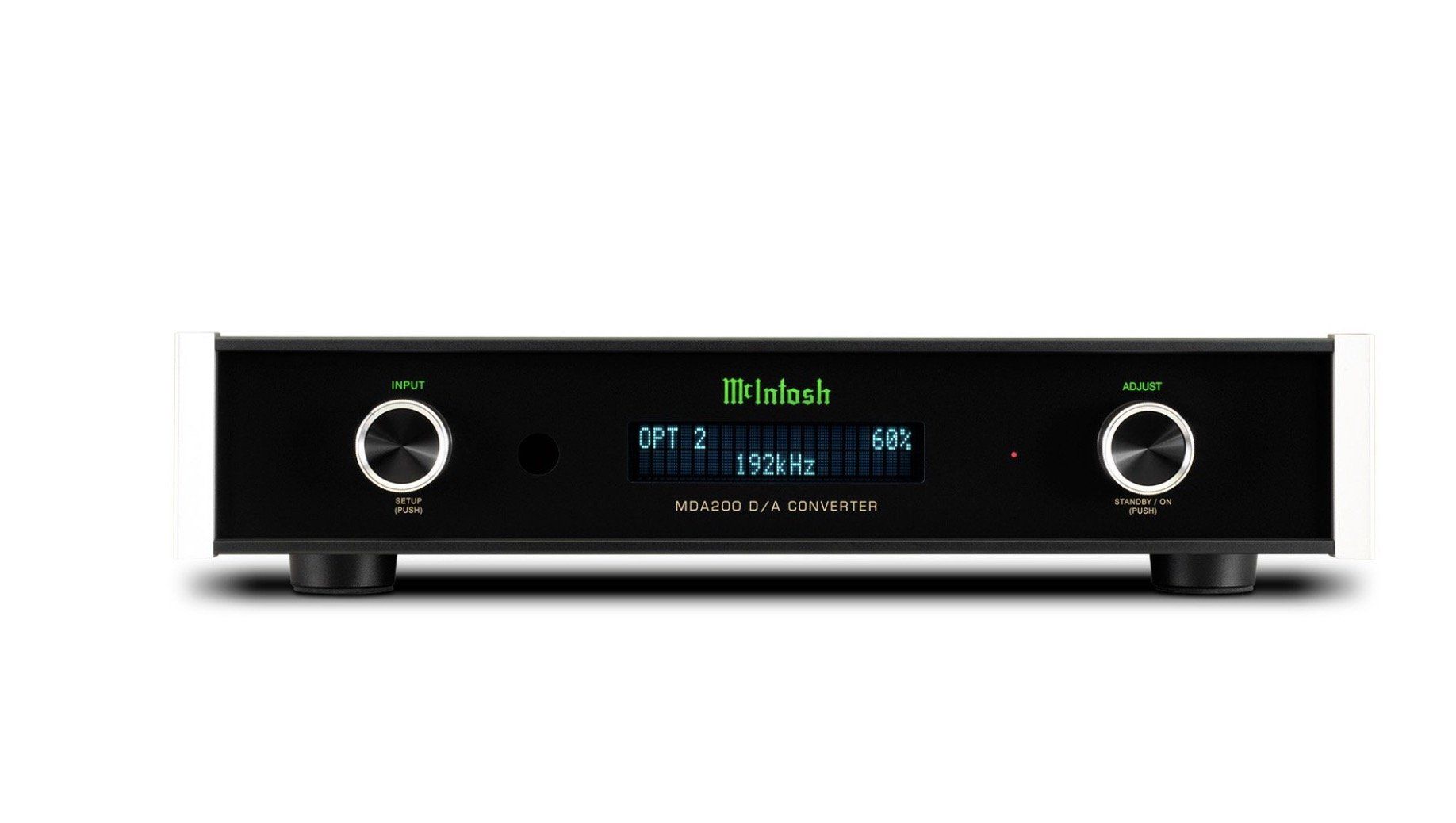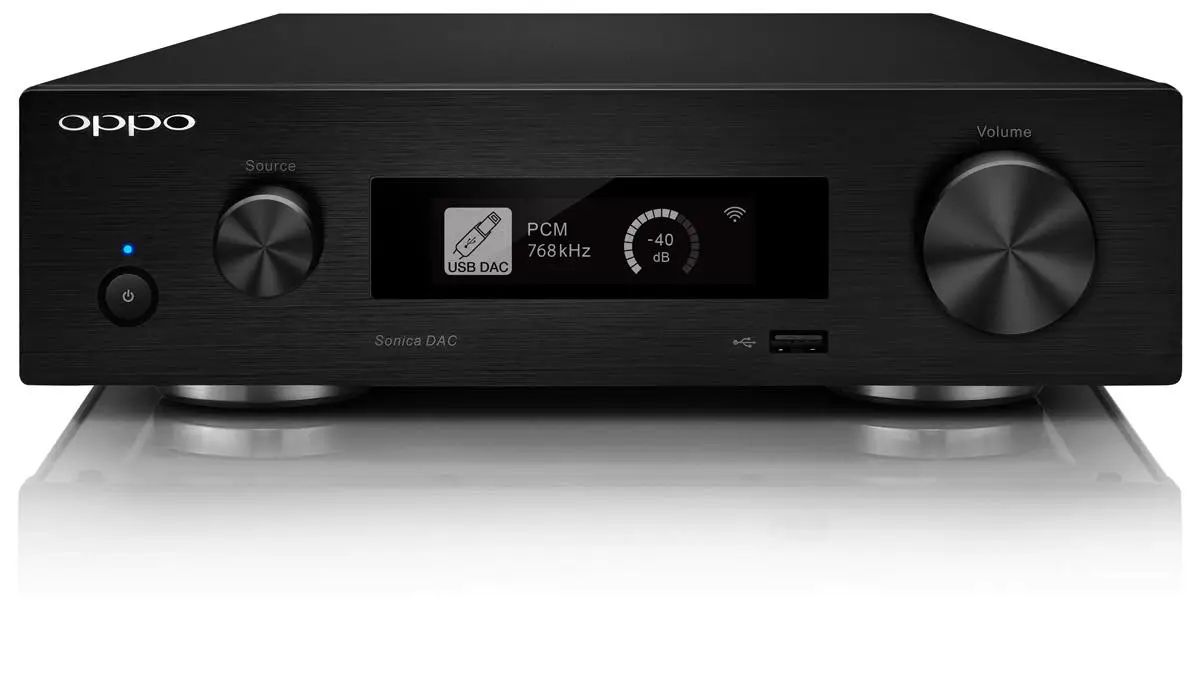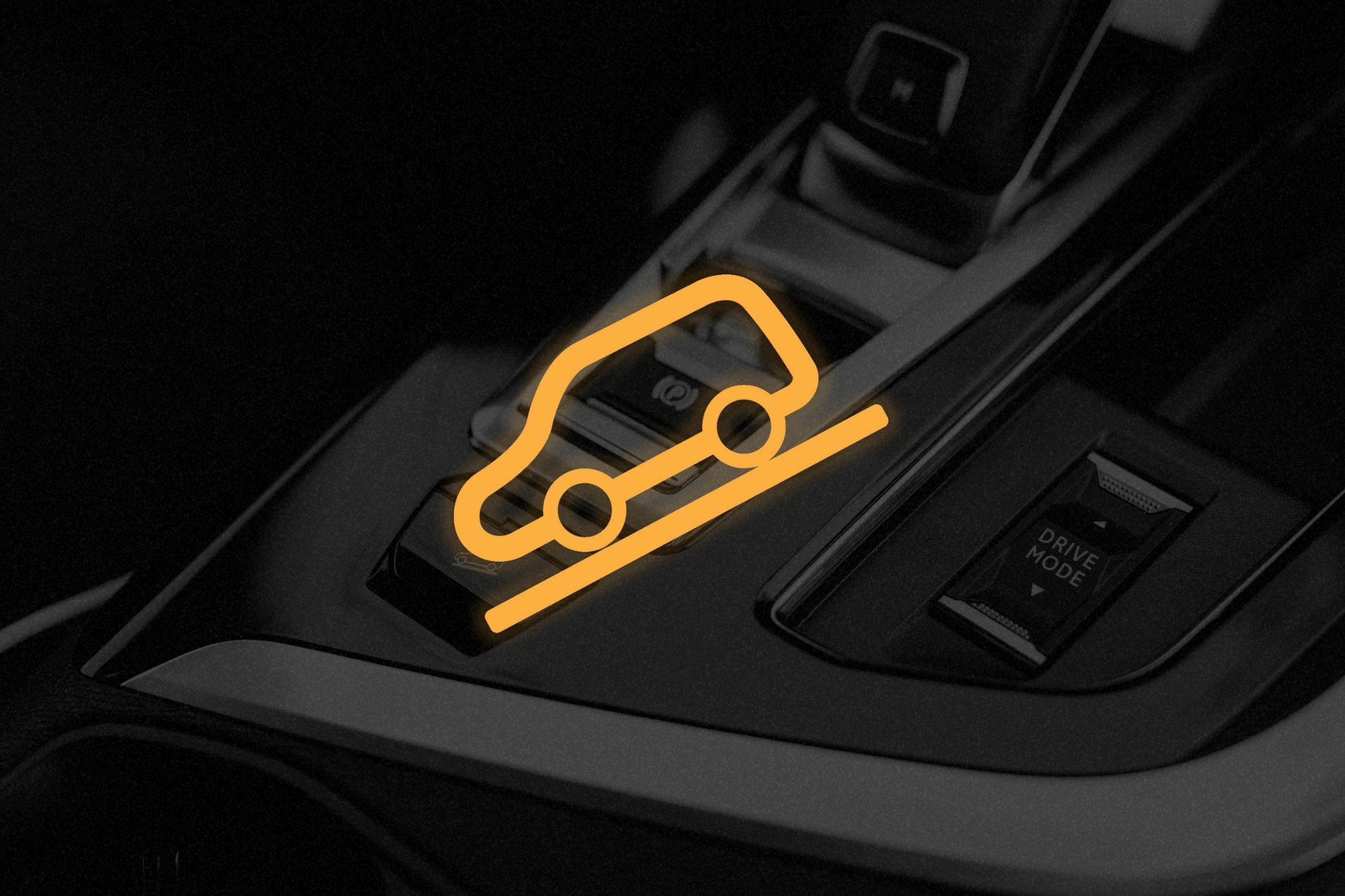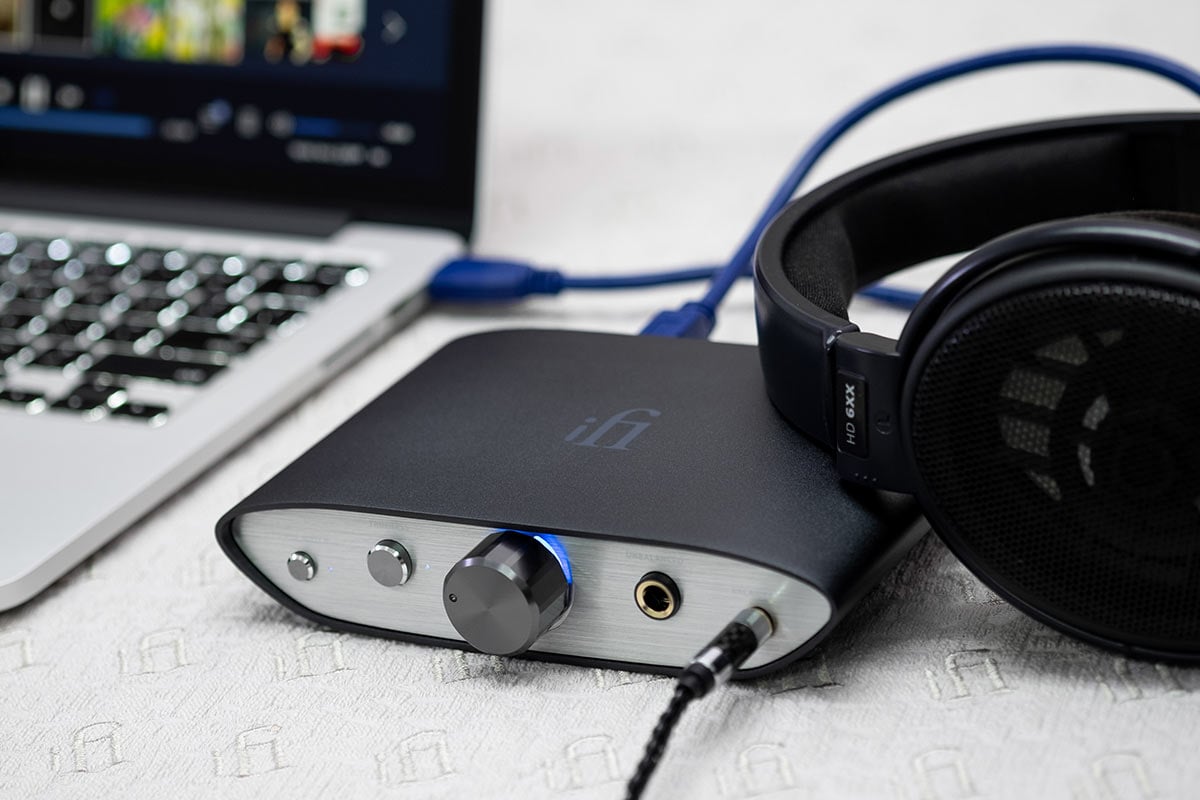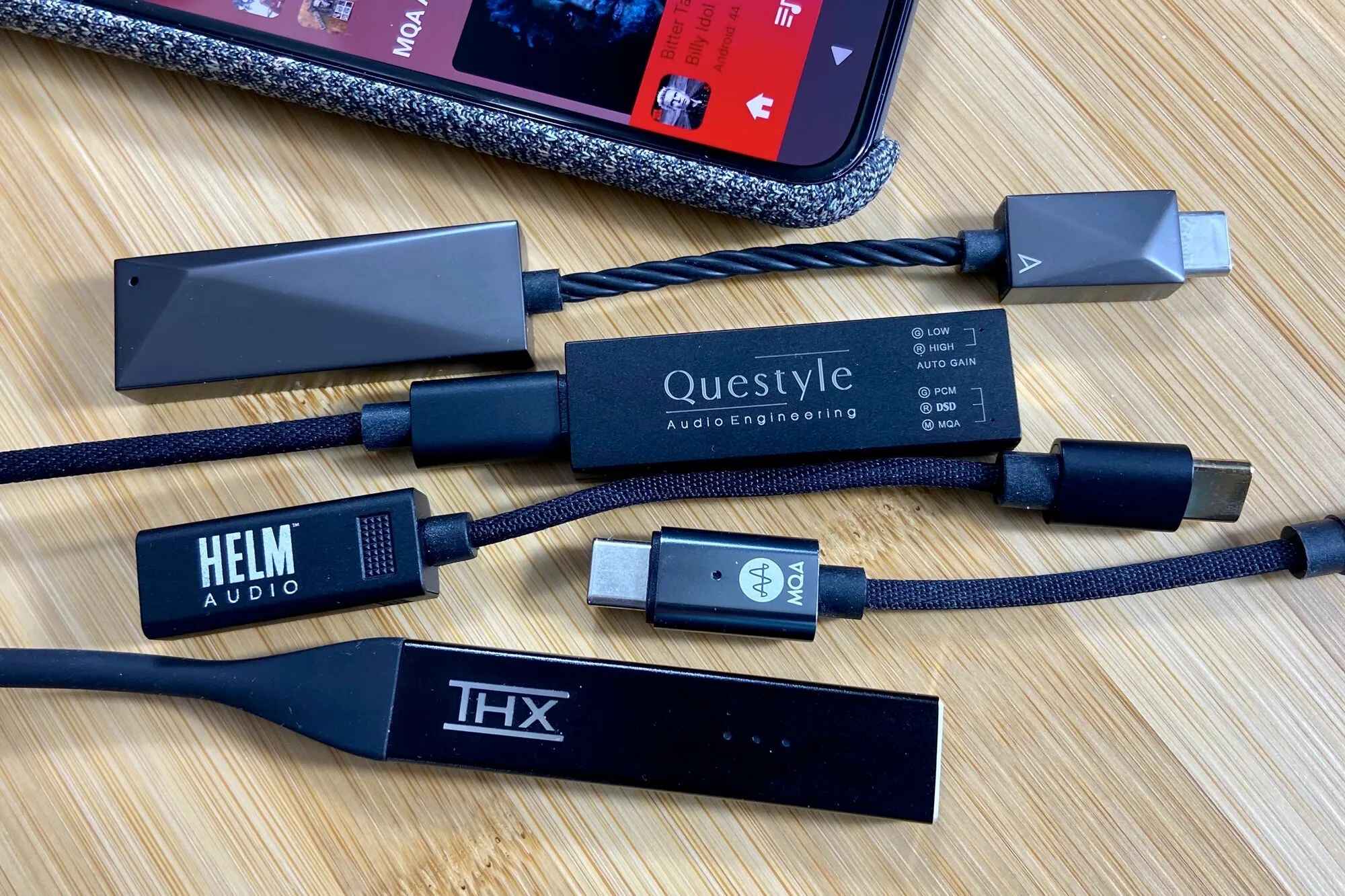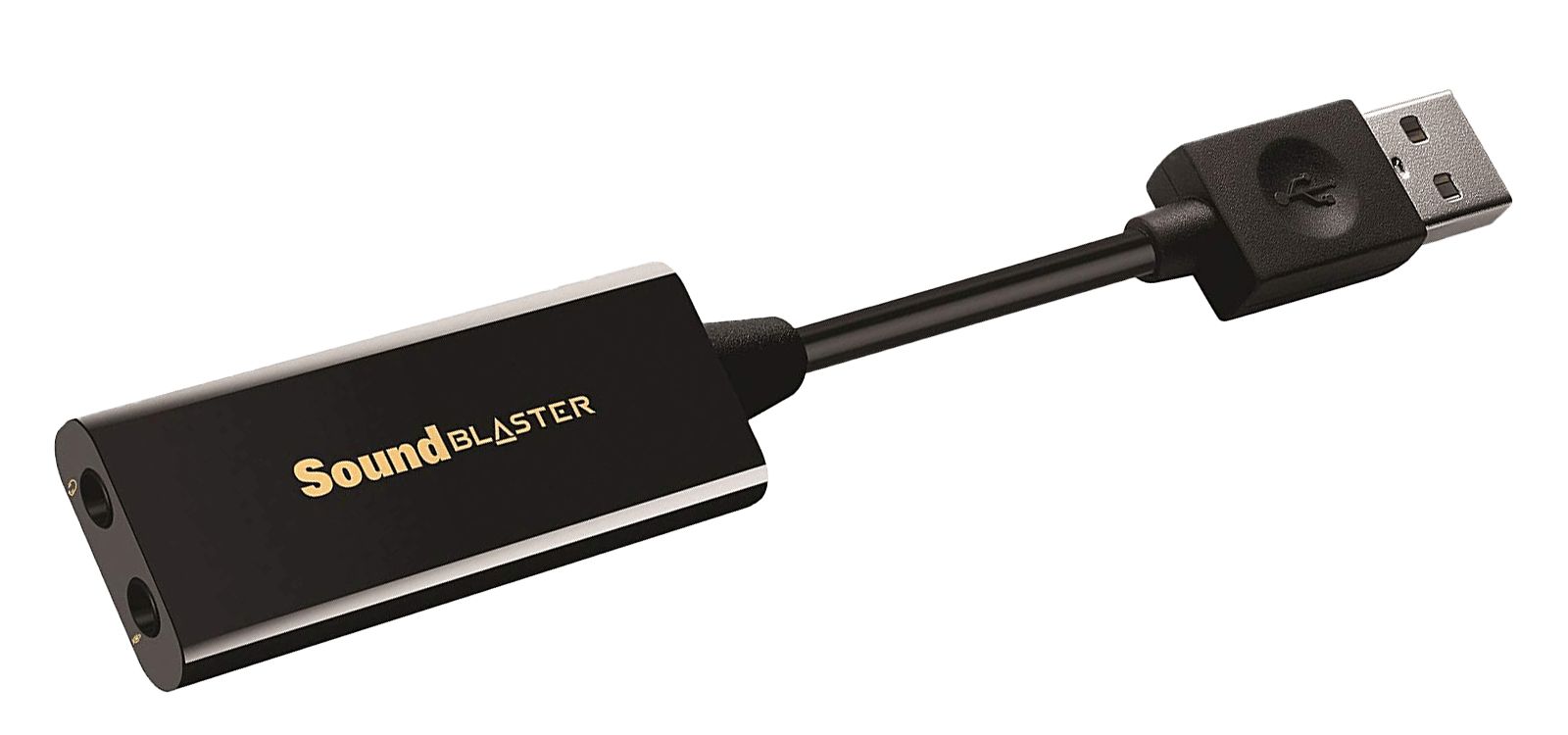Introduction
In the realm of automotive audio systems, the integration of advanced technologies has revolutionized the way we experience sound within vehicles. One such crucial component that plays a pivotal role in delivering high-quality audio is the Digital-to-Analog Converter, commonly known as DAC. This innovative technology serves as the bridge between digital audio files and the analog signals required to produce sound through speakers. As the automotive industry continues to prioritize the enhancement of in-car entertainment and infotainment systems, the significance of DACs cannot be overstated.
The evolution of automotive audio systems has been marked by an insatiable quest for superior sound quality, seamlessly blending innovation with functionality. In this pursuit, DACs have emerged as a cornerstone technology, enabling the conversion of digital audio data into analog signals that faithfully reproduce the original sound. This transformation is vital in ensuring that the audio output from the vehicle's speakers is rich, immersive, and true to the intended audio experience.
As automotive manufacturers strive to create a more immersive and captivating in-car audio environment, the role of DACs becomes increasingly prominent. The seamless integration of DACs into automotive audio systems empowers vehicles to deliver audio experiences that rival those of home entertainment systems. By harnessing the power of DACs, automotive audio systems can reproduce intricate musical details and nuances with remarkable precision, elevating the overall in-car audio experience.
In the subsequent sections of this article, we will delve deeper into the intricacies of DAC technology, exploring its impact on automotive audio systems and the challenges associated with its implementation. Furthermore, we will uncover how DACs are poised to shape the future of in-car audio, paving the way for enhanced audio quality and immersive entertainment experiences within vehicles.
What is a DAC?
At the core of modern audio technology lies the Digital-to-Analog Converter, or DAC, a fundamental component that facilitates the conversion of digital audio signals into analog waveforms. In the context of automotive audio systems, DACs play a pivotal role in translating digital audio data, typically in the form of binary code, into analog signals that can be amplified and emitted as sound through the vehicle's speakers.
In essence, a DAC serves as a bridge between the digital realm of audio files and the analog domain of sound reproduction. When a digital audio file, such as an MP3 or FLAC, is played through a vehicle's audio system, the DAC undertakes the crucial task of converting the discrete digital samples into a continuous analog waveform. This transformation is essential for generating sound that faithfully mirrors the original audio, ensuring that the nuances and intricacies of the music or audio content are accurately preserved.
DACs come in various forms, ranging from standalone chips to integrated circuits, and they are designed to handle different sampling rates and bit depths, reflecting the diversity of digital audio formats encountered in automotive applications. Moreover, the quality of a DAC significantly influences the overall audio performance, impacting aspects such as dynamic range, signal-to-noise ratio, and fidelity. As automotive audio systems continue to evolve, the integration of high-performance DACs has become a defining factor in delivering immersive and high-fidelity sound experiences within vehicles.
In the context of automotive audio, the role of DACs extends beyond mere signal conversion. These sophisticated components are integral to the seamless integration of digital audio sources, such as streaming services, USB drives, and smartphone connectivity, into the vehicle's audio ecosystem. By leveraging DAC technology, automotive audio systems can ensure compatibility with a wide array of digital audio formats, empowering drivers and passengers to enjoy a diverse range of audio content with uncompromised quality.
In summary, DACs represent a cornerstone technology in automotive audio systems, enabling the translation of digital audio signals into captivating soundscapes that enrich the in-car entertainment experience. As we delve deeper into the intricacies of DAC technology, it becomes evident that these innovative components are essential catalysts in shaping the future of automotive audio, driving the pursuit of unparalleled audio quality and immersive entertainment within vehicles.
Importance of DACs in Automotive Audio Systems
The importance of Digital-to-Analog Converters (DACs) in automotive audio systems cannot be overstated, as these sophisticated components serve as the linchpin in delivering high-fidelity sound experiences within vehicles. As the automotive industry continues to prioritize the enhancement of in-car entertainment and infotainment systems, the pivotal role of DACs becomes increasingly prominent. Here's a closer look at the significance of DACs in automotive audio systems:
1. Precision Sound Reproduction:
DACs play a pivotal role in ensuring that digital audio files are translated into analog signals with utmost precision. This precision is essential for faithfully reproducing the original sound, preserving the nuances, dynamics, and subtleties of the audio content. By leveraging high-quality DACs, automotive audio systems can deliver an immersive listening experience, allowing drivers and passengers to enjoy music, podcasts, and other audio content with remarkable clarity and fidelity.
2. Seamless Integration of Digital Audio Sources:
In the era of digital music streaming and smartphone connectivity, the seamless integration of diverse digital audio sources into automotive audio systems is paramount. DACs enable vehicles to support a wide array of digital audio formats, including high-resolution audio files, streaming services, and digital radio, ensuring compatibility and optimal playback performance. This versatility empowers drivers and passengers to access their preferred audio content with uncompromised quality, regardless of the source.
3. Enhanced Audio Quality:
The integration of high-performance DACs elevates the overall audio quality within vehicles, transcending the traditional boundaries of in-car sound reproduction. By leveraging advanced DAC technology, automotive audio systems can achieve superior signal-to-noise ratios, extended dynamic range, and reduced distortion, resulting in a captivating auditory experience. Whether it's the rich timbre of musical instruments or the subtle nuances of vocals, DACs contribute to a heightened sense of audio realism and immersion.
4. Future-Proofing Audio Systems:
As automotive audio systems evolve to accommodate emerging audio technologies and formats, the role of DACs in future-proofing these systems becomes increasingly vital. High-quality DACs are designed to handle a diverse range of digital audio specifications, ensuring that vehicles remain compatible with upcoming audio standards and formats. This forward-looking approach positions DACs as enablers of future audio innovations, allowing automotive audio systems to adapt and thrive in the ever-changing audio landscape.
In essence, the importance of DACs in automotive audio systems extends far beyond basic signal conversion. These innovative components are instrumental in shaping the in-car entertainment experience, delivering unparalleled audio quality, and embracing the future of automotive audio technology. As automotive manufacturers continue to prioritize the integration of advanced audio solutions, DACs stand as indispensable assets in redefining the boundaries of in-car audio excellence.
How DACs Improve Audio Quality
Digital-to-Analog Converters (DACs) play a pivotal role in enhancing audio quality within automotive audio systems, exerting a profound influence on the fidelity, clarity, and immersive nature of the in-car listening experience. Here's a detailed exploration of how DACs contribute to the improvement of audio quality:
1. Precision Signal Conversion:
At the core of DACs' impact on audio quality lies their ability to execute precise and accurate signal conversion. When digital audio files are translated into analog waveforms, the fidelity of the resulting sound hinges on the DAC's capability to faithfully reproduce the original audio. High-quality DACs excel in preserving the intricate details and dynamics of the audio content, ensuring that the nuances, timbres, and spatial characteristics are faithfully conveyed. This precision in signal conversion is instrumental in delivering an audio experience that transcends mere playback, immersing listeners in a rich sonic tapestry.
2. Minimized Distortion and Noise:
DACs equipped with advanced circuitry and signal processing capabilities contribute to the minimization of distortion and noise in the audio signal path. By maintaining signal integrity and reducing unwanted artifacts, such as quantization noise and harmonic distortion, high-performance DACs uphold the purity and fidelity of the audio output. This translates to a perceptible reduction in audible imperfections, allowing for a cleaner, more transparent rendition of the audio content. As a result, listeners are treated to a more immersive and engaging auditory experience, devoid of distracting distortions or extraneous noise.
3. Expanded Dynamic Range:
The dynamic range, which encompasses the span between the quietest and loudest sounds in an audio signal, is a critical determinant of audio quality. DACs capable of preserving and conveying a wide dynamic range empower automotive audio systems to faithfully reproduce the full spectrum of sound, from subtle whispers to thunderous crescendos. By leveraging high-resolution DACs with exceptional dynamic range capabilities, vehicles can deliver audio experiences that mirror the original recording's depth and impact, allowing for an emotionally resonant and captivating sonic presentation.
4. High-Resolution Audio Playback:
The proliferation of high-resolution audio formats, characterized by elevated sampling rates and bit depths, has underscored the need for DACs that can accommodate these demanding specifications. Advanced DACs tailored for high-resolution audio playback excel in faithfully reproducing the intricate details and nuances present in high-fidelity audio recordings. This capability enables automotive audio systems to cater to audiophiles and discerning listeners, providing an uncompromised playback experience that captures the full richness and texture of high-resolution audio content.
In summary, the role of DACs in improving audio quality within automotive audio systems is multifaceted, encompassing precision signal conversion, distortion reduction, dynamic range expansion, and high-resolution audio playback. As automotive manufacturers continue to prioritize the enhancement of in-car audio experiences, the integration of high-performance DACs stands as a definitive step towards realizing the full potential of automotive audio systems, elevating the quality and immersive nature of in-car sound reproduction.
Challenges in Implementing DACs in Automotive Audio Systems
The integration of Digital-to-Analog Converters (DACs) into automotive audio systems presents a myriad of challenges that necessitate careful consideration and innovative solutions. While DACs play a pivotal role in elevating audio quality and delivering immersive sound experiences within vehicles, their implementation is not without complexities. Here, we delve into the challenges that automotive manufacturers encounter when integrating DACs into in-car audio systems.
1. Space Constraints and Thermal Management
Automotive environments are characterized by stringent space constraints, especially within the confines of the vehicle's dashboard and interior panels. Integrating DACs, which often require dedicated circuitry and thermal management measures, poses a challenge in optimizing space utilization while ensuring adequate heat dissipation. Balancing the need for compact form factors with the imperative of thermal efficiency presents a formidable obstacle in the seamless integration of DACs into automotive audio systems.
2. Electromagnetic Interference and Signal Integrity
The proliferation of electronic components within vehicles gives rise to concerns regarding electromagnetic interference (EMI) and its potential impact on signal integrity. DACs, as sensitive analog components, are susceptible to EMI emanating from various sources within the vehicle, including powertrain systems, infotainment electronics, and wireless communication modules. Mitigating EMI and preserving signal integrity throughout the audio signal path presents a significant challenge in ensuring that DACs operate optimally within the complex electromagnetic environment of automotive interiors.
3. Compatibility with Diverse Audio Sources
The diverse landscape of digital audio sources, ranging from streaming services to high-resolution audio files, necessitates DACs that can accommodate a broad spectrum of audio formats and specifications. Ensuring seamless compatibility and optimal performance across this diverse array of audio sources presents a substantial challenge. Automotive manufacturers must navigate the complexities of integrating DACs that cater to the varying sampling rates, bit depths, and encoding formats encountered in modern automotive audio systems, all while preserving audio fidelity and coherence.
4. Robustness and Reliability in Automotive Environments
Automotive environments subject electronic components, including DACs, to demanding operational conditions characterized by temperature fluctuations, mechanical vibrations, and exposure to environmental elements. Ensuring the robustness and reliability of DACs in such challenging environments presents a formidable challenge. From withstanding temperature extremes to mitigating the effects of mechanical stresses, DACs must exhibit resilience and longevity, aligning with the stringent durability requirements of automotive applications.
5. Cost-Effective Integration without Compromising Quality
Balancing the imperative of cost-effective integration with the uncompromised delivery of high-quality audio poses a significant challenge for automotive manufacturers. The selection of DACs that strike an optimal balance between performance, cost, and integration complexity is pivotal in realizing audio systems that deliver exceptional sound experiences without imposing prohibitive costs. Achieving this equilibrium requires astute engineering and strategic decision-making in the selection and deployment of DACs within automotive audio systems.
In navigating these challenges, automotive manufacturers and technology providers are compelled to innovate, leveraging advanced engineering solutions, robust testing methodologies, and strategic partnerships to surmount the complexities associated with integrating DACs into automotive audio systems. By addressing these challenges with ingenuity and precision, automotive stakeholders can realize the full potential of DAC technology, ushering in an era of unparalleled audio quality and immersive in-car entertainment experiences.
Future Trends in DAC Technology for Automotive Audio Systems
The evolution of Digital-to-Analog Converter (DAC) technology within automotive audio systems is poised to chart a transformative trajectory, ushering in a new era of innovation, sophistication, and audio excellence. As automotive manufacturers and technology providers continue to push the boundaries of in-car entertainment and infotainment, several compelling future trends in DAC technology are set to redefine the landscape of automotive audio systems.
1. Integration of Advanced High-Resolution DACs
The proliferation of high-resolution audio formats, characterized by elevated sampling rates and bit depths, underscores the need for advanced DACs capable of faithfully reproducing the intricate details and nuances present in high-fidelity audio recordings. Future automotive audio systems are expected to integrate high-performance DACs tailored for high-resolution audio playback, catering to the discerning preferences of audiophiles and elevating the in-car listening experience to unprecedented levels of sonic realism and fidelity.
2. Embrace of Immersive Audio Technologies
The advent of immersive audio technologies, such as object-based audio and three-dimensional sound processing, presents a compelling frontier for DAC technology within automotive audio systems. Future trends indicate a shift towards DACs equipped with advanced spatial audio processing capabilities, enabling vehicles to deliver enveloping, three-dimensional soundscapes that captivate listeners and blur the boundaries between in-car and home audio experiences. By harnessing the potential of immersive audio, automotive audio systems are poised to transcend conventional audio reproduction, immersing occupants in a multisensory sonic environment.
3. Seamless Integration of Personalized Audio Features
The future of DAC technology in automotive audio systems is intrinsically linked to the seamless integration of personalized audio features, catering to individual preferences and auditory profiles. Advanced DACs are anticipated to facilitate the implementation of personalized audio processing algorithms, adaptive equalization, and immersive soundstage optimization, tailoring the in-car audio experience to the unique sonic preferences of drivers and passengers. This trend heralds a new era of customized audio immersion, where automotive audio systems adapt to the nuances of individual listening habits and preferences.
4. Convergence with Advanced Driver Assistance Systems
The convergence of DAC technology with advanced driver assistance systems (ADAS) represents a compelling future trend, wherein DACs play a pivotal role in augmenting in-cabin auditory feedback and communication. Future automotive audio systems are expected to leverage DACs for enhanced spatial audio rendering of navigation prompts, adaptive audio alerts, and immersive communication interfaces, fostering a heightened sense of situational awareness and auditory engagement for occupants. This convergence underscores the potential for DACs to transcend traditional audio reproduction, assuming a multifaceted role in enhancing both entertainment and safety within vehicles.
In essence, the future trends in DAC technology for automotive audio systems herald an era of unprecedented audio fidelity, personalization, and immersive engagement within vehicles. By embracing these transformative trends, automotive stakeholders are poised to redefine the boundaries of in-car entertainment, delivering audio experiences that captivate the senses and elevate the art of automotive sound reproduction to new heights.







